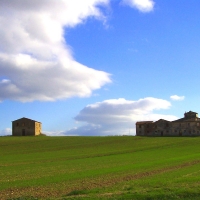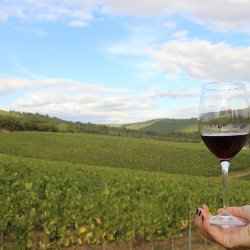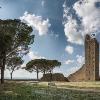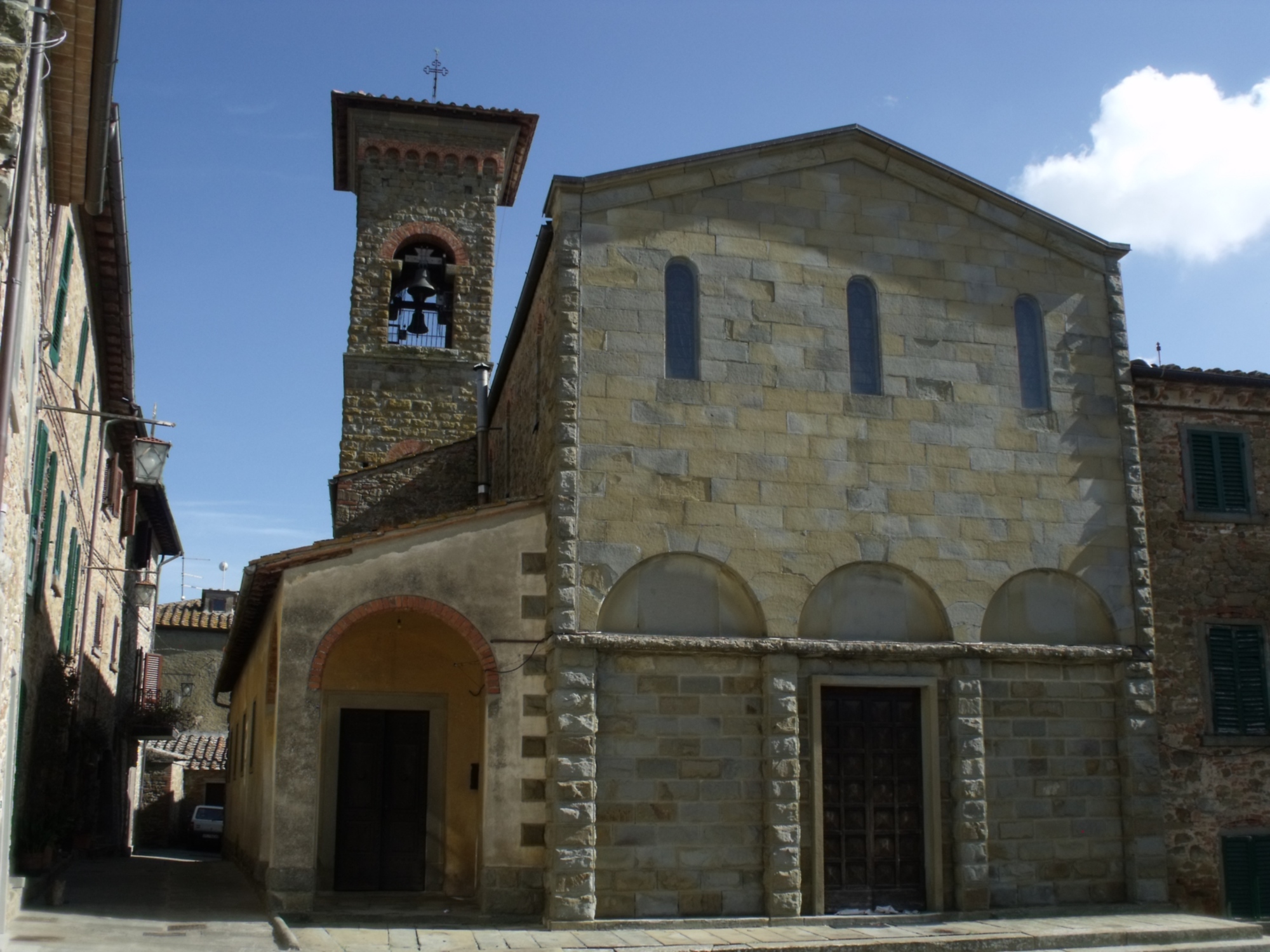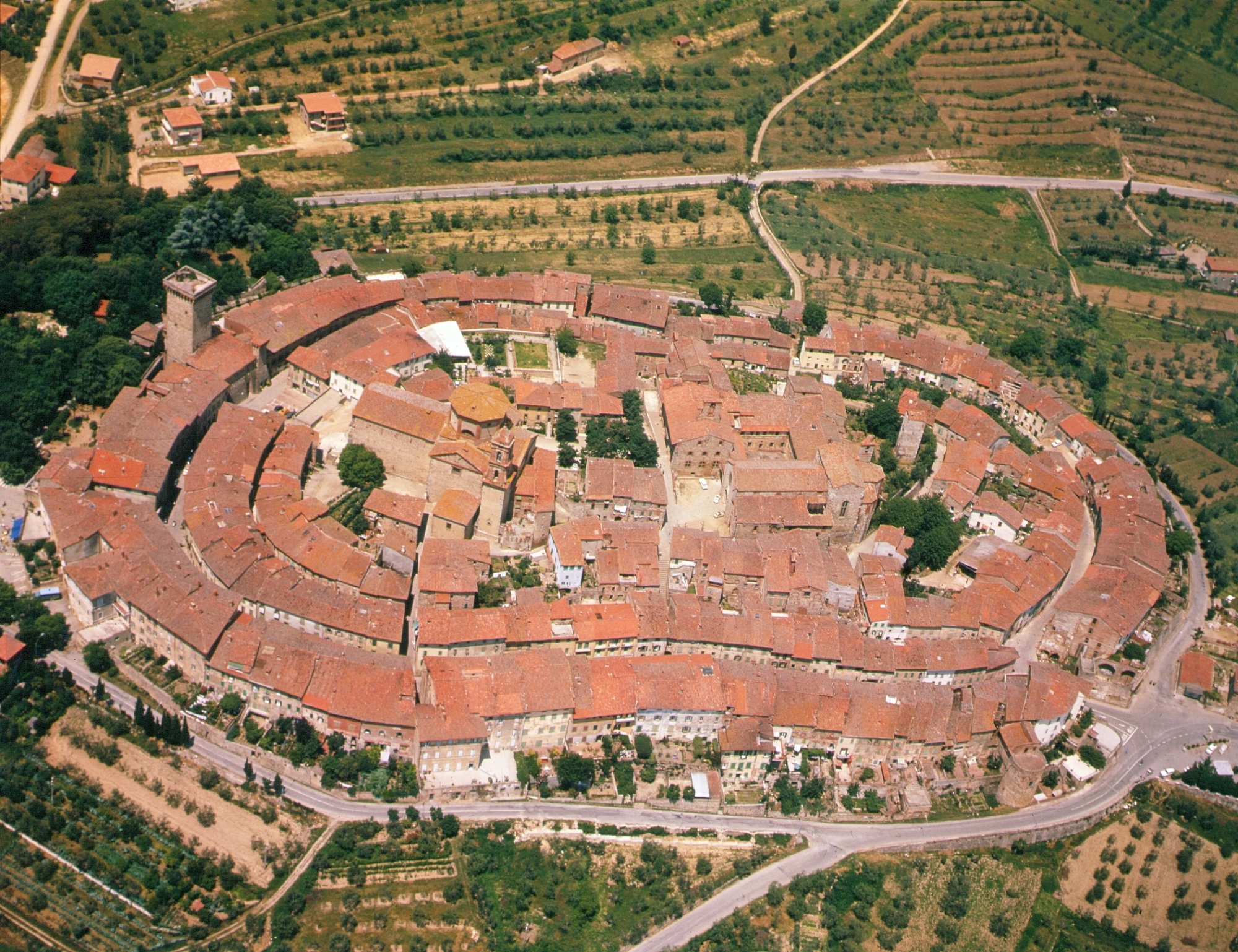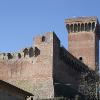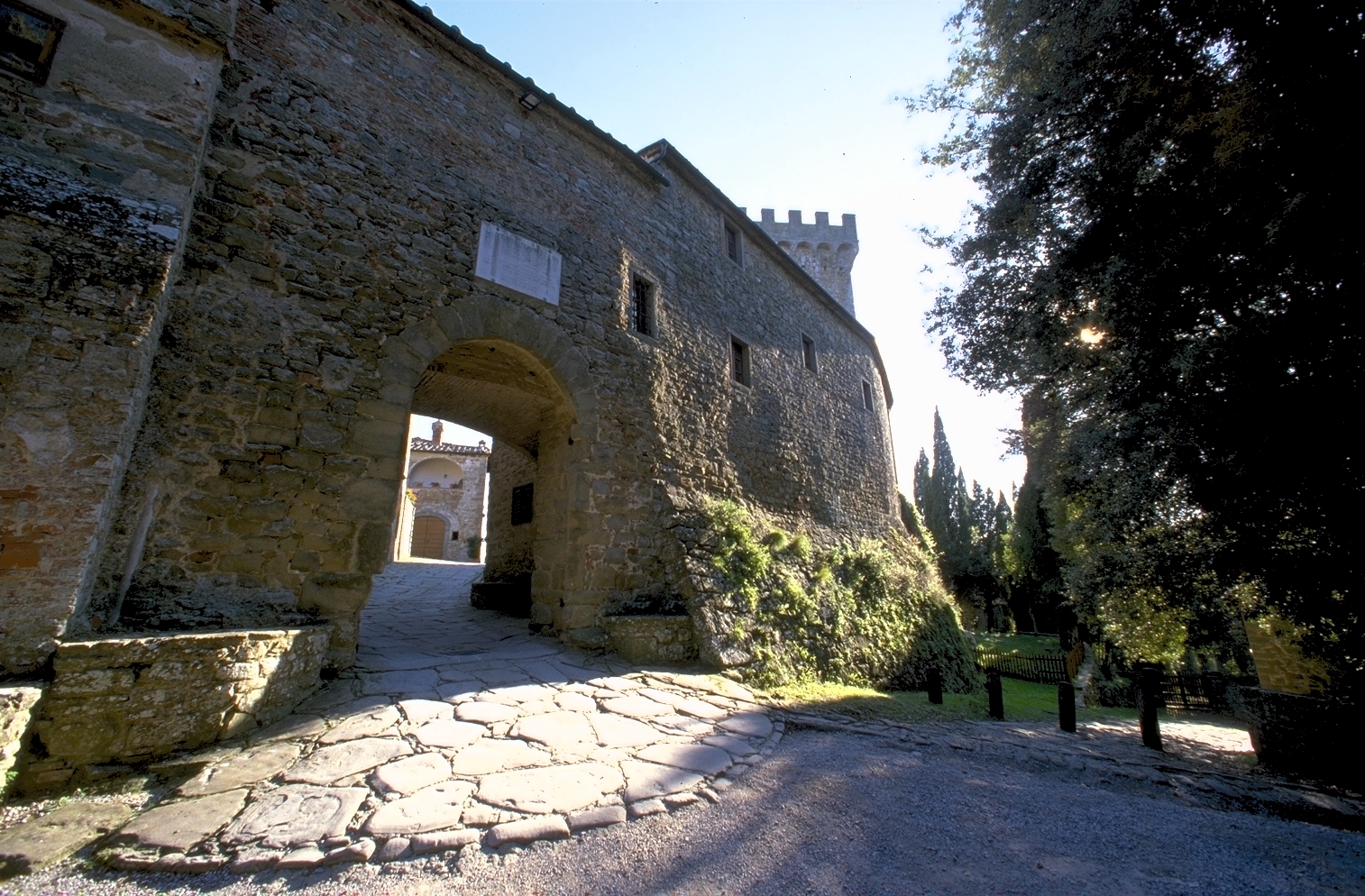Civitella in Val di Chiana is located in the Valdichiana Aretina, consisting of a low mountain area and an extreme offshoot of the Tuscan Pre Apennines (which envelopes the village in its woodland setting), as well as another flat area, which forms the northern part of the Valdichiana.
Civitella’s territory is also the first to be met by the Arno at the foot of the mountains.
The flat area is richly cultivated, as well as being home to the major centers, which happen to be more populated than Civitella itself. Instead, the town - like the other mountain villages – has suffered a progressive depopulation.
In the hilly and mountainous region are olive groves and vineyards.
The majestic Villa Oliveto is found on the hills sloping down from Civitella, not far from the town of the same name. Its current appearance is due to a 19th-century intervention, with a floor dedicated to oil mills and cellars, a noble floor and an overlying service floor. Surrounding the villa is a beautiful park with large trees and olive tree terraces.
After several changes of ownership, the building was transformed into a concentration camp during the Second World War and is now used as the Concentration Camp Documentation Center.
In Civitella’s wider territory along the course of the Arno is the Ponte a Buriano and Penna Regional Nature Reserve. The reserve runs from the Romanesque bridge Ponte Buriano to the power plant located downstream of the Enel della Penna dam, including the dam’s artificial reservoir and the surrounding land areas. It was just made for hiking; from Ponte a Buriano’s Visitor Centre, you’ll have the choice of several paths to reach the reeds or the birdwatching huts.
